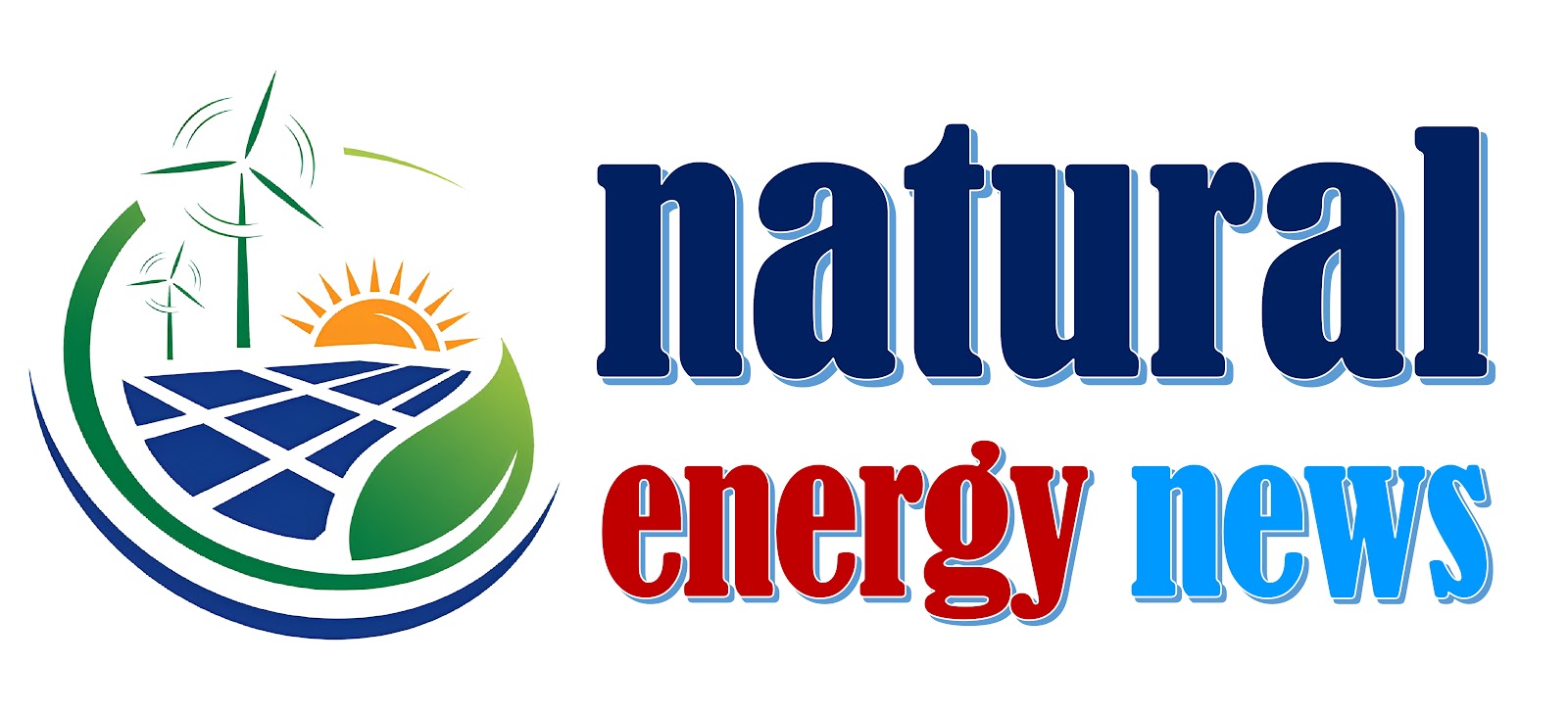The new proposal submission date is October 29, 2020
NEW DELHI (Natural Energy News): SECI has again extended the deadline for submission of proposals for the 1.2 GW wind-solar hybrid tender. The tender was issued under Tranche III of the Inter-State Transmission System (ISTS) program.
The new deadline is set as October 29, 2020, and the pre-bid meeting will take place on October 21, 2020.
Related Article: Andhra Pradesh has allocated 8,207 MW renewable power capacity
Projects include setting up wind-solar hybrid power projects on a build-on-operate (BOO) basis. The tender was announced by SECI in December last year and has since expanded to 13.
As per the tender documents issued earlier, the interested bidders will have to pay ₹ 500,000 (~ $ 6,813.2) / MW / as EMD for the project. The sealing tariff for the tender is set as (2.88 (~ $ 0.04) / kWh for the entire term of 25 years.
For each project, the minimum project capacity should be 50 MW, and the maximum capacity should be 300 MW. The total capacity of wind-solar hybrid power projects must be allocated to a bidder, including its parent, affiliate, or group company, which should be limited to 1.2 GW.
Related Article: Tata Power of India awarded 100 MW solar project contract
The tender also indicates that the declared annual capability utilization factor (CUF) should not be smaller than 30%. The designer must preserve the production to obtain an annual CUF, not less than 80% of the declared price and no more than 120% of the declared CUF value during the PPA duration of 25 years.
According to India Solar Project Tracker, SECI has bid for about 3.6 GW of solar-wind hybrid projects under the ISSS program (Trench I to Trench III) and auctioned 1.56 GW under Trench I&II.
In March, SECI issued another tender for the installation of 1.2 GW of renewable projects associated with ISTS with guaranteed peak power supply. In the tender, a program was inquired to have at least two factors. One would be an energy storage system component, and the other would be a renewable energy generating component. The renewable generation component can be either a solar photovoltaic system or a wind power system, or a hybrid system of both technologies.










0 Comments